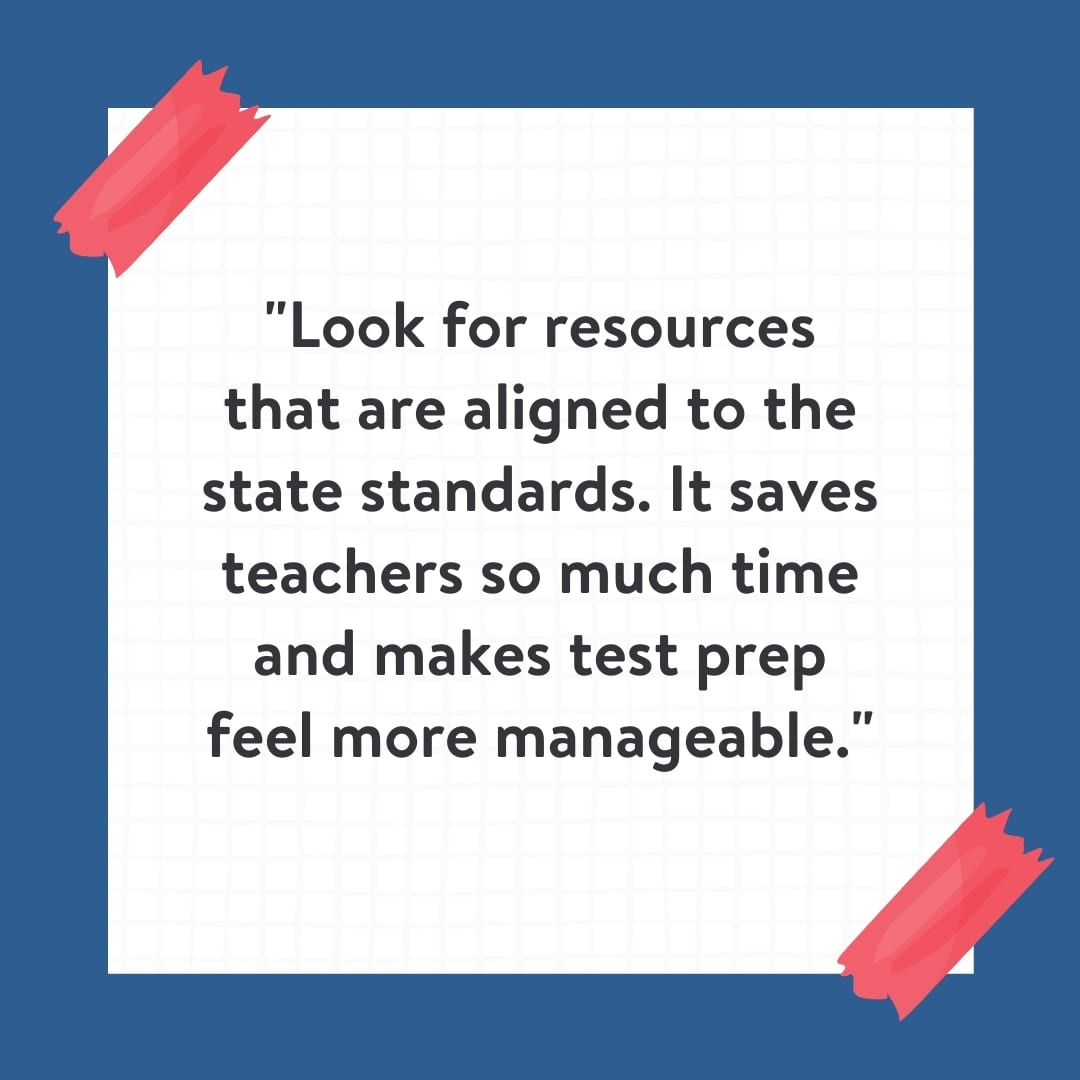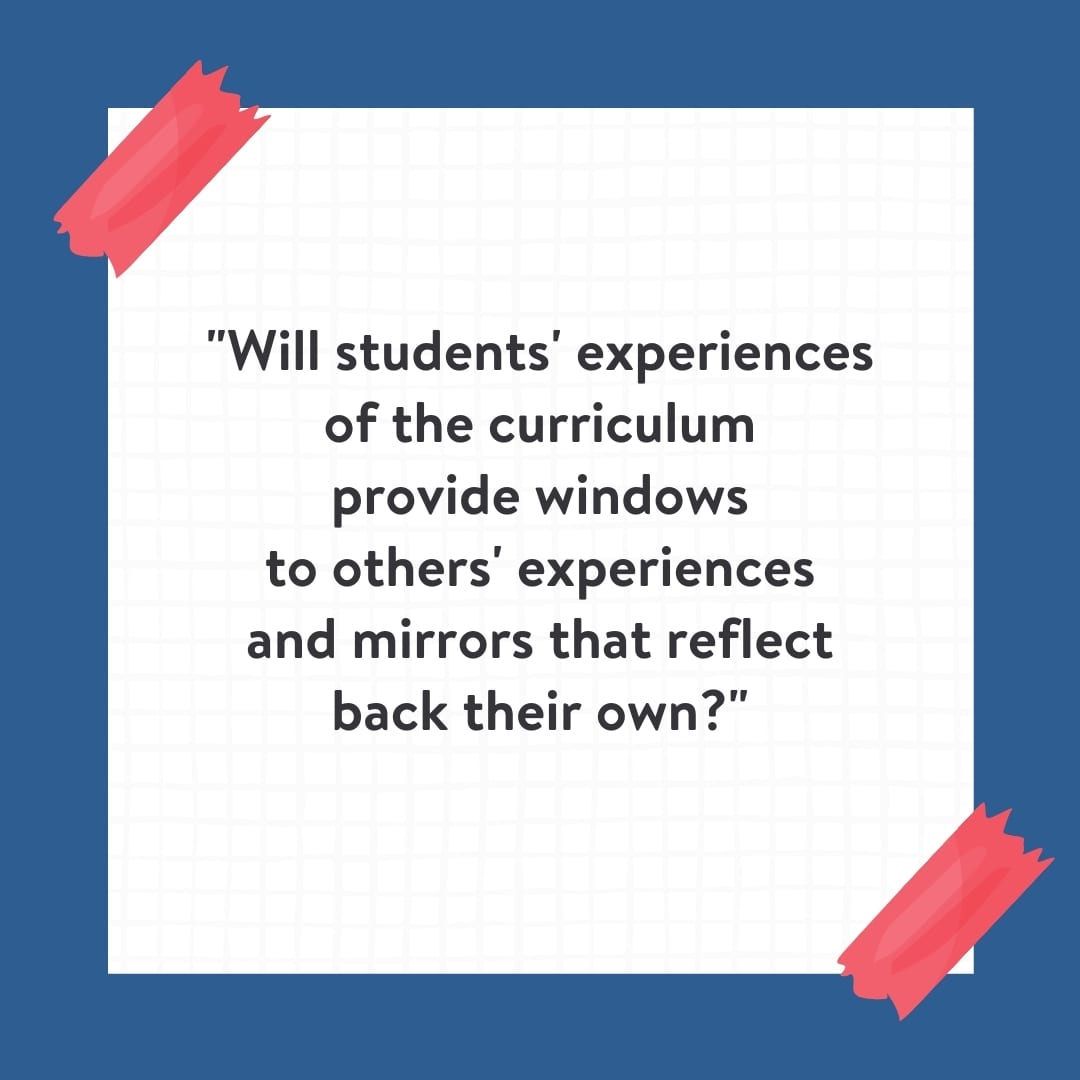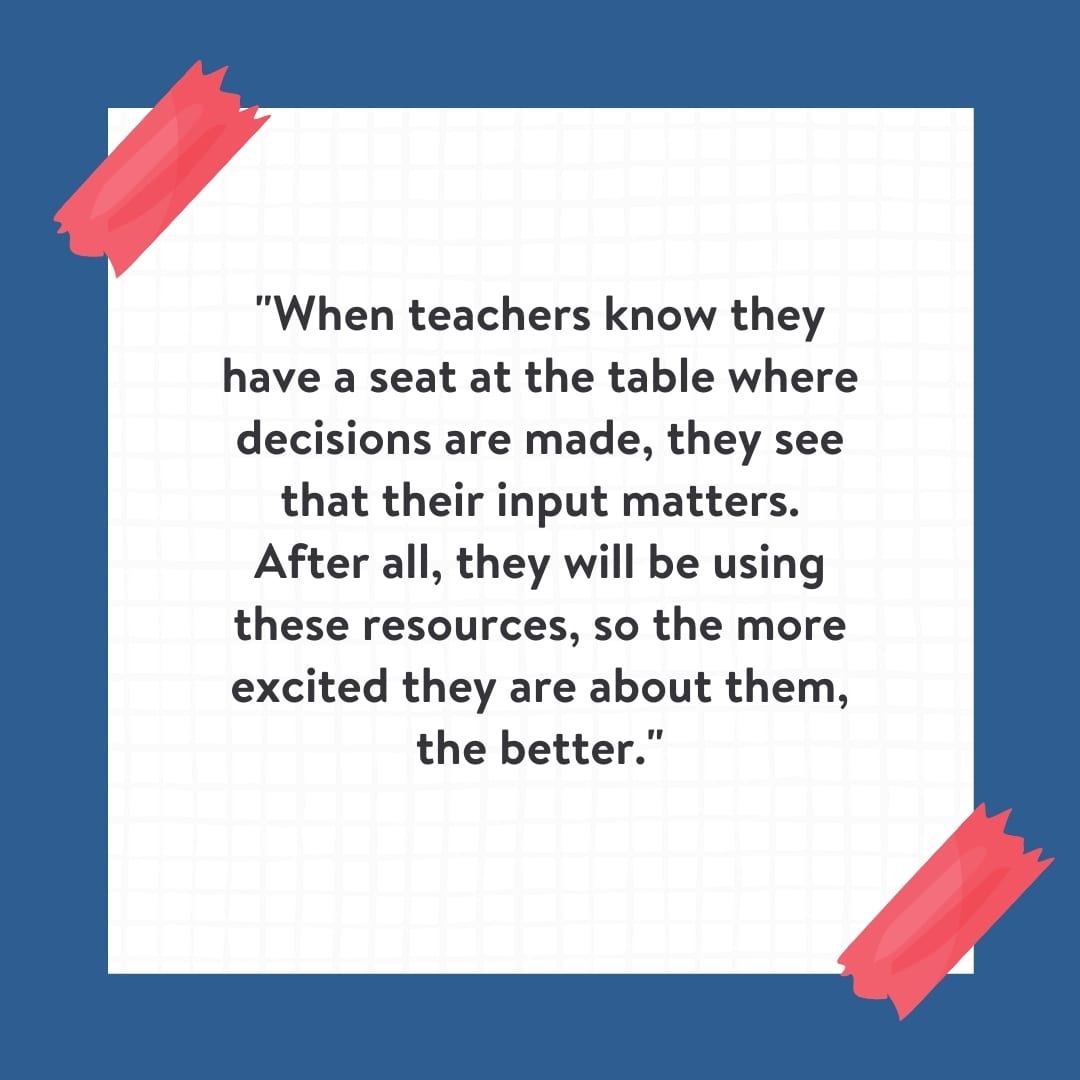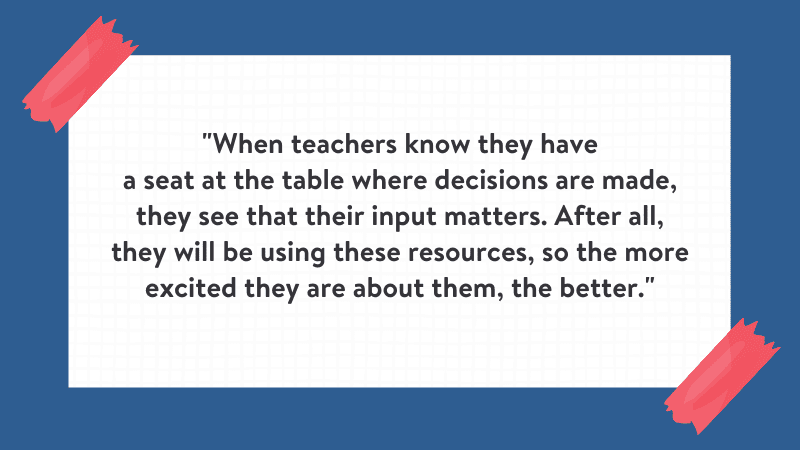If there was ever a year where we are second guessing ourselves, this is it. After all, no matter how long we’ve been in education, we’ve never led a school through a pandemic before! And yet, we have decisions to make. There are budgets to stick to, and standards teachers need to teach. A curriculum is our roadmap for how students will learn those standards, so it’s important that we approach the planning process thoughtfully. Here are the 8 questions ask before making big curriculum decisions.
1. Can all students use the curriculum?
Before COVID-19, our brick and mortar classrooms were a common denominator for students. If they needed access to a computer or Wi-Fi, they had it at school. One of the biggest learnings from the pandemic is that when we ask students to learn outside of school, we have to make sure they have access to the necessary technology and materials. So before you purchase a digital resource, consider your students and your school community. Speak with teachers. Do they plan to ask students to use this resource outside school? Survey students’ families and learn their preferences. Whenever possible, provide students with both a digital resource and a workbook they can all use at home.

2. Is the curriculum aligned to state standards?
Creating a long-term plan for student academic success is part of our job. We can’t plan without taking into account state standards. Tony Disario, a social studies curriculum coordinator, looks for resources that give students the opportunity to master the state standards in a realistic time frame. Look for resources that are aligned to the state standards. It saves teachers so much time and makes test prep feel more manageable. When teachers have resources that are aligned, they can focus on how they will teach instead of creating materials from scratch.

3. Does the curriculum provide windows and mirrors for all of our students?
When we consider curriculum, we need to think about diversity and inclusion. It’s important to evaluate a curriculum to see if it includes voices of different cultures, genders, classes, sexualities, and abilities. We can use the windows and mirrors frame as a guide. Will students’ experiences of the curriculum provide windows to others’ experiences and mirrors that reflect back their own? Another framework that is helpful when selecting a diverse and inclusive curriculum is Zaretta Hammond’s Framework For Dimensions of Equity. It helps us get clear on the distinction between these three key areas in education. We can refer to it when evaluating a curriculum through a culturally responsive teaching lens.

4. When was the last time the curriculum was updated?
There’s nothing more frustrating than purchasing an expensive curriculum and finding that it’s outdated. Or realizing that you need to purchase a new edition, but your budget doesn’t allow for it. Find out if the curriculum resource is current and if it is printed on demand. This makes a big difference for your teachers’ and students’ success.
5. What are other school leaders saying about the curriculum?
There are so many different curriculums out there, and there is no shortage of businesses that want you to be a customer. Find out what curriculums neighboring districts are using. Read reviews, and if possible, connect to make a data-informed decision. When schools see results, they are excited to share how they got them. Tony shares, “I am a big fan of ABC books because I know that students are getting exposed to state standards and the vocabulary they need to learn in social studies.”
6. What do my teachers think?
You wouldn’t buy a car without a test drive. Get teachers involved in the curriculum selection process. Karie, a 6th grade teacher, appreciated how her admin gave her three samples and asked her to teach a unit from each to find out the best fit for her students. Keith, a high school instructional coach, shares that his school piloted a curriculum for a year and then used teacher feedback to decide if it was the best fit.
7. How will I support my teachers?
When teachers know they have a seat at the table where decisions are made, they see that their input matters. After all, they will be using these resources, so the more excited they are about them, the better. Also, set teachers up for success with professional development that can help them learn the curriculum and makes plans for how to use it.

8. How will we loop parents in?
If you are making a big change, it’s not only going to affect teachers and students. Students’ families are involved in the curriculum too, especially if teachers are assigning homework. Math is taught very differently now than it was when our students’ parents learned it in school. If possible, host a curriculum night where families can learn more about the changes and experience a lesson firsthand.
Get a jump start on your planning and request a preview copy of curriculum resources that are aligned to your state standards from ABC Book Company.
Interested in previewing state-aligned resources for your school?
Request Your Free Preview Copy From ABC Books Here



